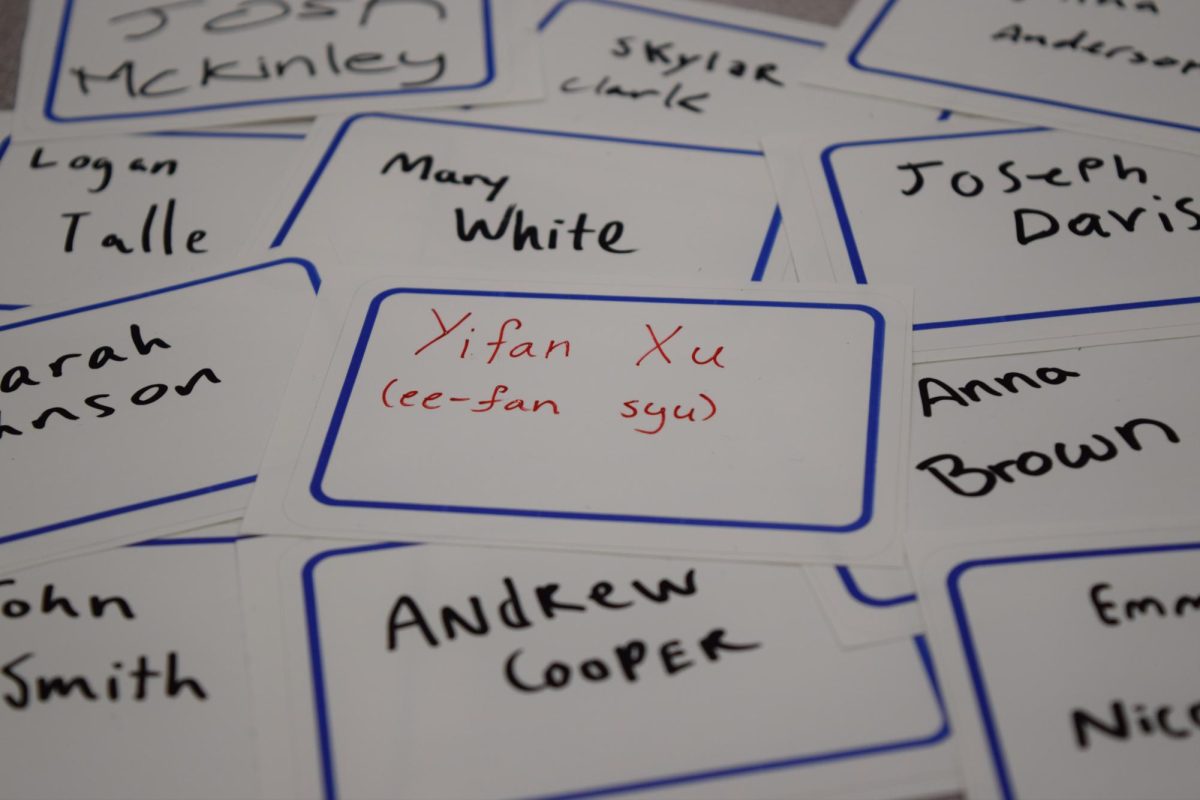Eaglecrest High School Students Respond to How School Addressed Student Deaths
Eaglecrest High School students organized a sit-in protest on Nov. 8, hoping to communicate their displeasure with how administration was handling mental health at the school.
November 19, 2022
On Nov. 8, students at Eaglecrest organized a sit-in in response to the way the school’s administration addressed mental health following the deaths of four Eaglecrest students in October. After a while, the sit-in unraveled and intensified, and participating students were brought to the school’s theater for a more formal discussion about their concerns.
In the last month, two EHS students died by suicide and two seniors died in a car crash. The school recognized the tragedies through emails sent out to students’ families giving them information on how to cope. However, many students believe that the school’s actions didn’t sufficiently address the situation, and that in general, the school should promote more conversations about mental health.
“I’m a senior, and every year I’ve been in high school [in person] we had a student die in one way or another,” senior Bianca Patten,a student who participated in the sit-in, said. “At the point that the sit-in happened … I felt like the school was kind of brushing it under the rug.”
Freshman Miley Treibelhorn shares the same sentiment.
“A lot of the student body is angry at the fact the school isn’t doing anything,” Treibelhorn said.
On the morning of the sit-in, participating students filled the hallways and sat on the ground intending to attract the admin’s attention. Patten and another EHS student eventually had the opportunity to discuss the reason for the sit-in with principal Gwen Hansen-Vigil.
Patten believes that her conversation with Hansen-Vigil allowed both parties to have a better understanding of what working toward change as a school community would look like, specifically addressing the topic of mental health in settings like advisory classes.
“From the student side, we said we want to see a more normalized and open environment for mental health conversations to happen,” Patten said. “Not everybody wants to talk about mental health. Not everyone wants to talk about grief in a school environment, but a lot of people do and we did our best to try and work through solutions to accommodate everyone as best as we can.”
Though Patten’s conversation with the principal was productive, the sit-in was not as successful. What was originally meant to be a peaceful demonstration quickly became unruly.
“We started hearing, yelling outside the main office and people started chanting and threatening admin,” Patten said. “It was like one minute, it was fine, and then in the next it was chaos.”
The school’s immediate reaction was to send out an email to families assuring them that the students were safe and that the school was giving them the chance to be heard.
“[Cherry Creek School District] places a high value on hearing students’ voices and creating opportunities for students to have conversations with school leaders about important issues,” the email read.
According to Treibelhorn, she and others expected the school to implement stricter rules after the sit-in got heated, but that hasn’t happened.
Patten recognizes that students have many mixed feelings about the events on Nov. 8, which have become a part of the current emotional turmoil the community is experiencing.
“After Tuesday it’s been especially high anxiety,” Patten said. “I know there’s a lot of stigma about [the sit-in] right now. And rightfully so because it went south very quickly and didn’t go as planned. But the intent was to be peaceful and civil about it.”
With a large student body (over 3,000 as of the 2021 school year according to U.S News), there are a wide range of opinions regarding what is safe to discuss and might be too sensitive of a topic.
“My hope is that students and staff feel more comfortable talking about these things with each other,” Patten said.


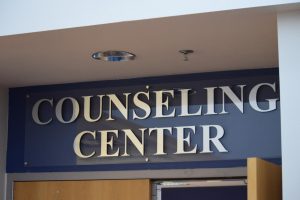
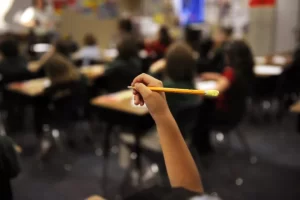

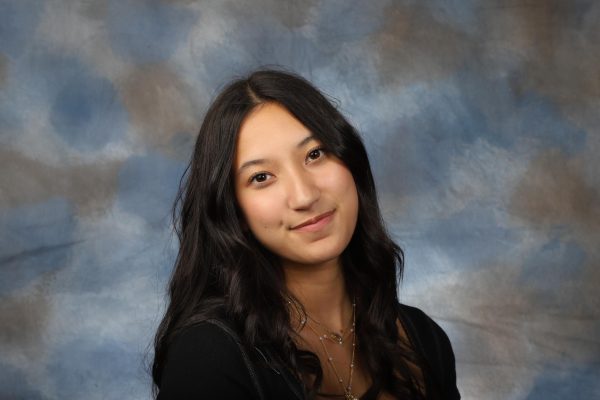




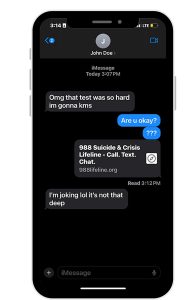


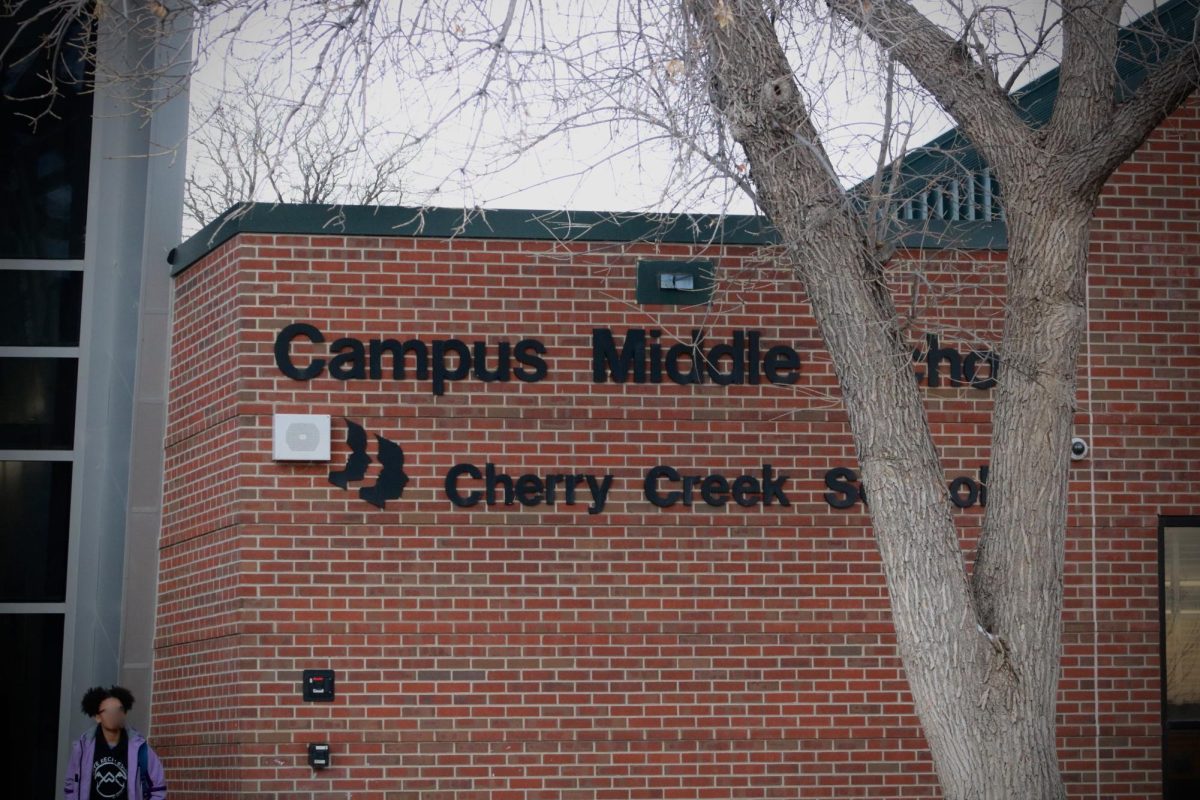
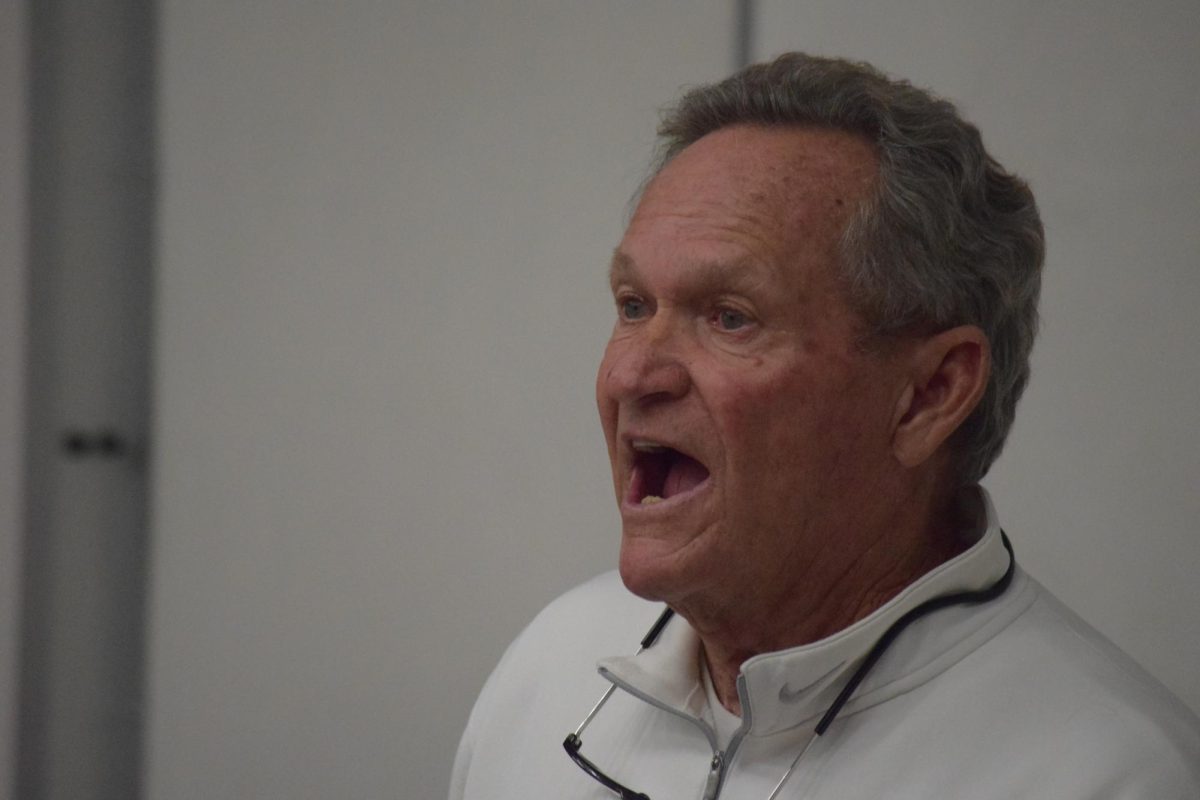
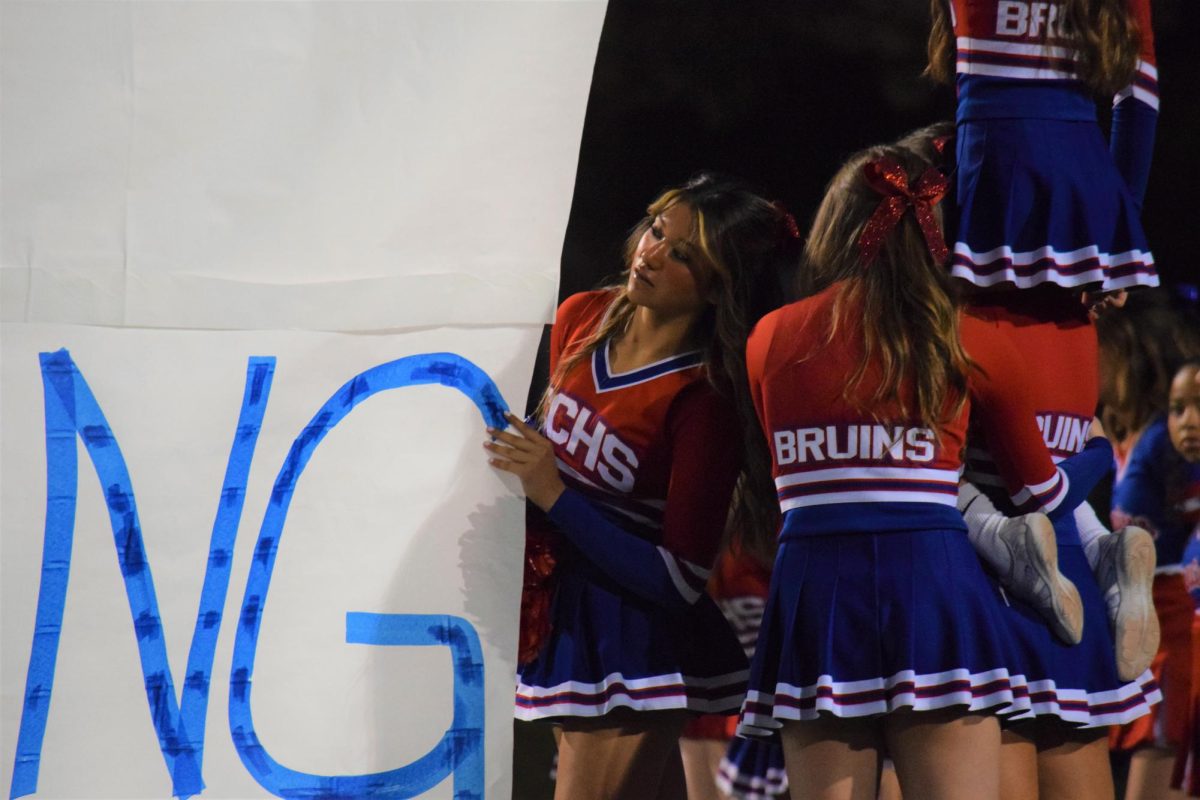


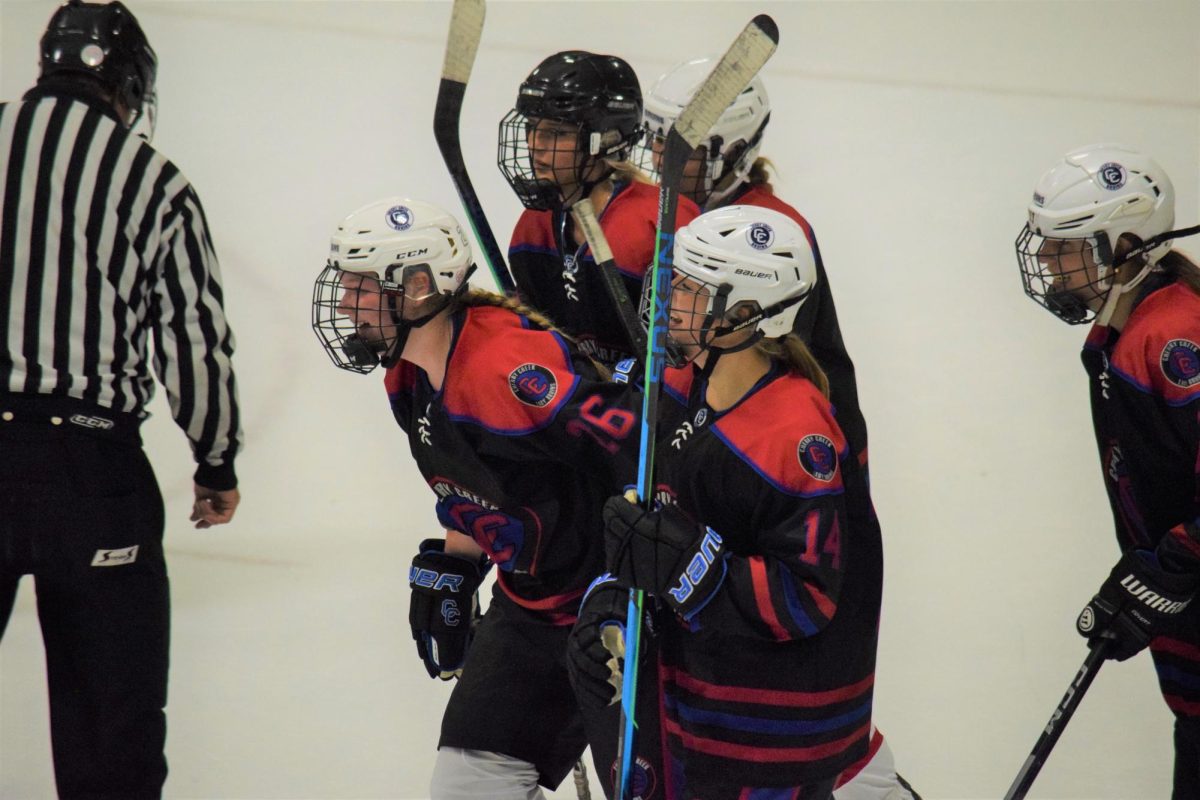
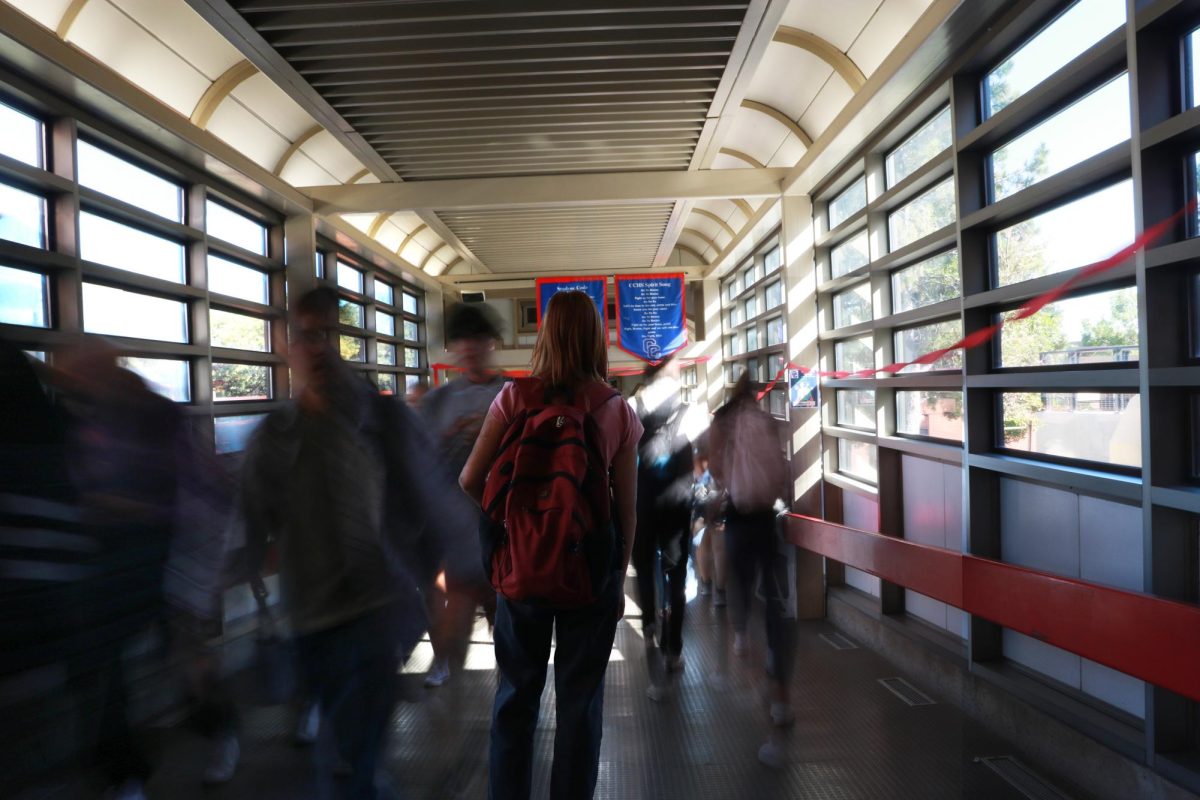
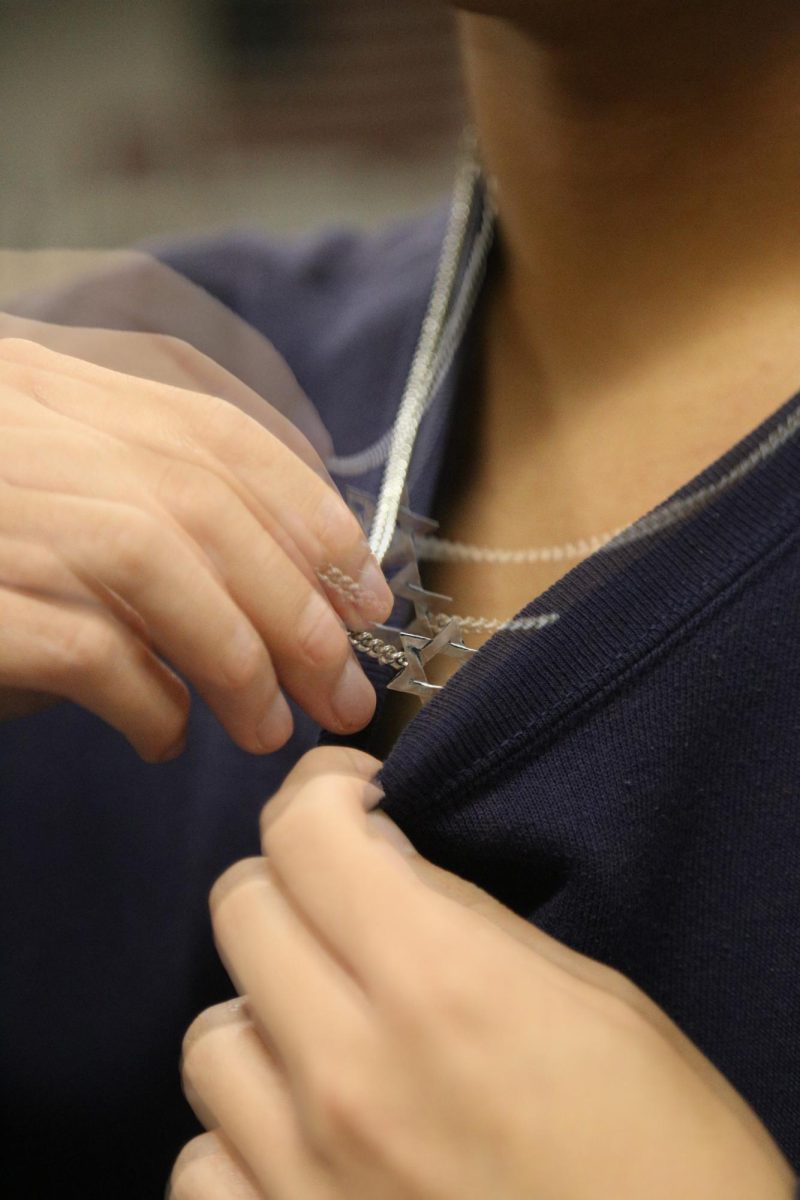
![In a recent surge of antisemitism nationally, many have pointed towards social media and pop culture as a source of hate. “Many far-right people have gone on [X] and started just blasting all their beliefs," Sophomore Scott Weiner said.](https://unionstreetjournal.com/wp-content/uploads/2023/10/antisemitism-popculture-2-1200x675.jpg)
